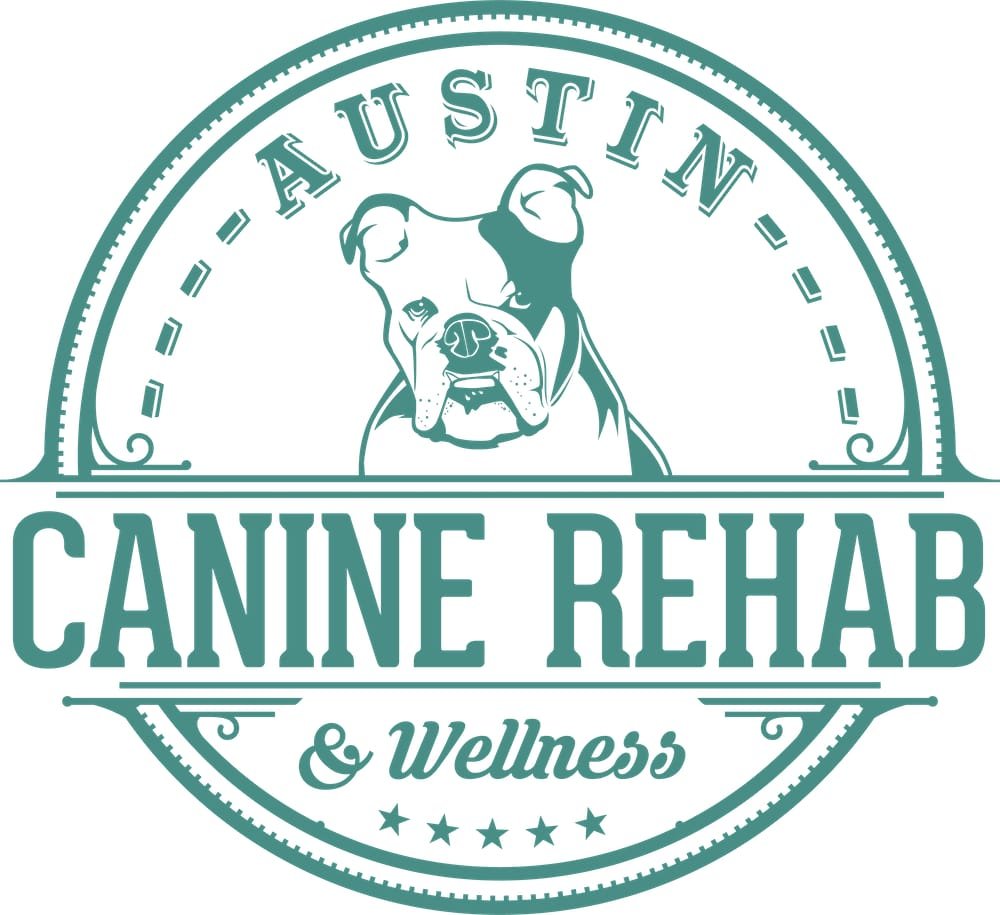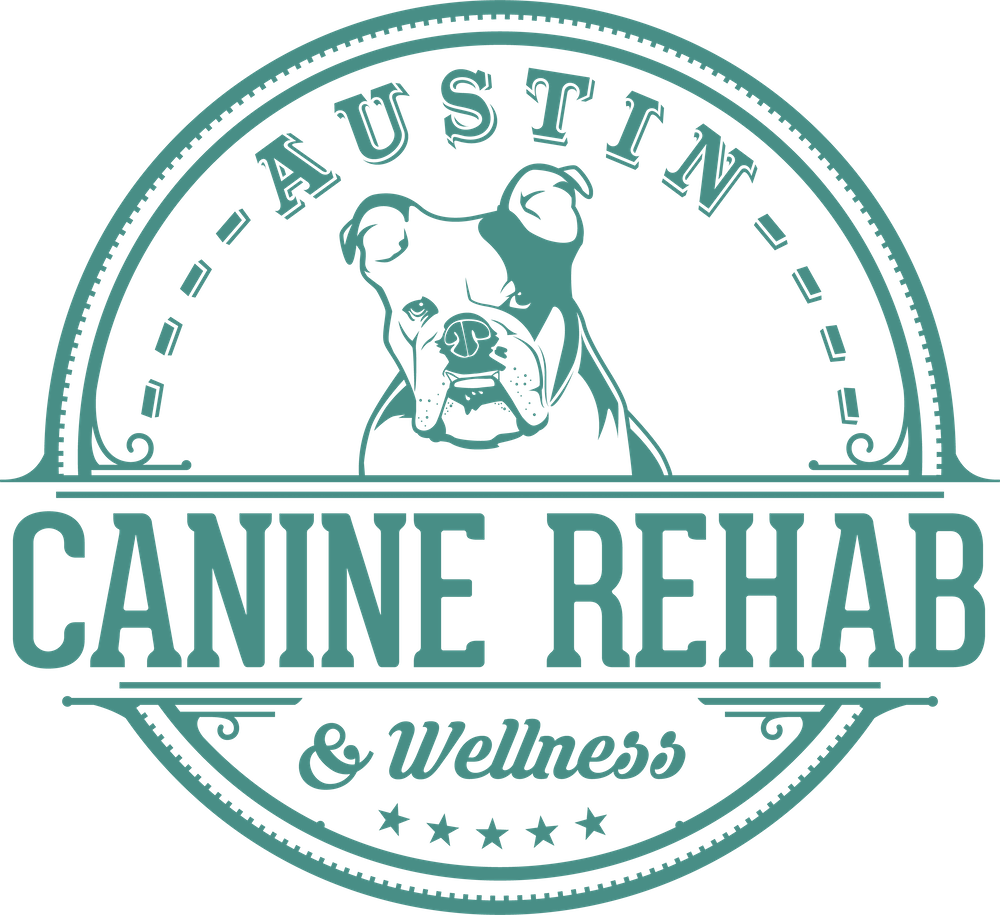Geriatric Onset Laryngeal Paralysis Polyneuropathy (GOLPP) in Dogs
Older dogs bring endless joy to their owners day after day. There is a strong bond that has been built between owner and pet over the years and the relaxed, gentle nature of many older dogs makes them a pleasure to be around.
There are more health problems encountered by older dogs, however, and those can be quite concerning when they arise. This post will take a closer look at GOLPP to help you understand what it is and how it can be treated.
What is Geriatric Onset Laryngeal Paralysis Polyneuropathy (GOLPP)?
Geriatric Onset Laryngeal Paralysis Polyneuropathy is a progressive neurological condition that affects older dogs. It is most commonly seen in large breeds.
With this condition, the nerves that control the larynx are weakened over time. This can make it more difficult for your dog to breathe. As the condition progresses, it can impact other parts of the body, including the hind limbs. There isn’t a cure for this condition, but it can be managed with proper treatment and rehabilitation.
Symptoms of GOLPP in Dogs
It’s important to watch for symptoms of GOLPP in your dog as early detection can help with both comfort and longevity. Some of the things you should watch for include –
Changes in breathing:
This is a primary symptom and may be one of your first signs that something is wrong. Your dog may start to struggle to breathe as normal, especially while exercising or when the weather is hot.
Frequent coughing:
Dogs with GOLPP also commonly have coughing fits that will come on after drinking water or eating.
Change in bark:
You are very familiar with the tone of your dog’s bark after all these years. If you notice that the bark sounds different – perhaps hoarse or weak – it might be GOLPP that is behind the change.
Intolerant of exercise:
Dogs that have typically been excited to get outside and exercise might start to show less interest in exercise or be reluctant to engage at all with physical activities.
Hind limb weakness and discoordination:
Over time, GOLPP may start to impact the strength that your dog has in the hind legs. Along with weakness, your dog may also show signs of poor coordination with those back legs. Of course, there are other conditions that can impact the hind legs, so you’ll always want to get a professional involved to determine exactly what is going on.
Causes & Risk Factors of GOLPP
There isn’t a specific known cause for GOLPP. It seems to be a neurodegenerative condition that is associated with aging, especially in larger breeds. Without a known cause, there isn’t anything that you can do proactively as a dog owner to prevent the condition from occurring in your pet.
GOLPP is usually seen in dogs over the age of nine. As mentioned above, it’s typically bigger dogs that face this issue, although it’s possible for smaller dogs to encounter it, as well. Being aware of the condition gives you the ability to watch for warning signs and then reach out for prompt care before the condition advances further.
Diagnosis & Veterinary Evaluation
Even if you suspect that your dog is dealing with GOLPP, it’s important not to jump to conclusions. A proper diagnosis can only be provided by a veterinarian.
When you take your dog to the vet with concerns over GOLPP, a full physical examination will be performed. This will include checking the dog’s breathing, gait, and reflexes. The vet can also perform a laryngoscopy, which examines the function of the larynx directly. The results of these and other tests will allow the vet to come to a confident diagnosis and then recommend the next treatment steps.
Treatment Options for Dogs with GOLPP
The appropriate treatment for GOLPP will depend on the severity of the condition and the symptoms the dog is experiencing. While GOLPP can’t be cured, the quality of life your dog enjoys can be positively impacted by the right treatment options.
In severe cases, surgical intervention will be necessary. The typical procedure used here is a laryngeal tie-back surgery. That operation helps to keep the airway open and reduces the breathing difficulties that the dog has been experiencing recently.
Other treatment options include bringing the dog’s weight down, using anti-inflammatory drugs, and moderating any physical activity down to a lower level.
How Canine Rehab Supports Dogs with GOLPP
Rehabilitation can play a major role in the health of an older dog with GOLPP. Exercises can be performed that will help improve the dog’s muscle tone and coordination, while also restoring some of the endurance that has been lost as a result of this condition. Manual therapy may also be performed to support your dog’s overall well-being, addressing any aches and pains or tight muscles.
Canine rehab can be particularly valuable when your dog reaches the point of having hind leg instability related to GOLPP. Improving balance and stability in the hind legs will make falls less likely and help your dog maintain mobility well into the future.
Managing Quality of Life for Dogs with GOLPP
Don’t let the fact that there is no cure for GOLPP stop you from getting the treatment that your dog needs. With proper care and early intervention, it’s still possible to maintain a good quality of life for the years ahead.
Connect with Austin Canine Rehab today to learn more about our services. We work closely with dog owners to understand the needs of their pets and we develop custom treatment programs for each case. Thank you for considering Austin Canine Rehab and we hope to speak with you soon!
Frequently Asked Questions
-
Some of the early signs that are likely to present with GOLPP include noisy breathing, a hoarse bark, and reduced tolerance for exercise. If you notice these signs in your older dog, connect with your vet right away for closer evaluation.
-
Yes – it is possible to use treatments like weight control, physical therapy, and medication to manage GOLPP. With that said, surgery is often called for in more severe cases.
-
Large breeds are more prone to GOLPP. Included in that group are Labrador Retrievers, Golden Retrievers, and Newfoundlands. It is possible for any dog to develop GOLPP, however, so all owners should be aware of the condition and its symptoms.
-
Canine rehab can help maintain mobility and strength in dogs with GOLPP. A combination of exercises and manual therapy treatments can help with muscle function and overall well-being as the dog ages.




